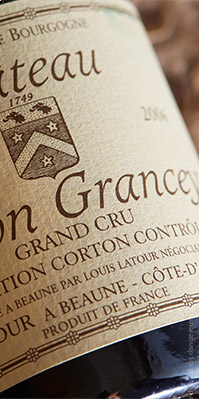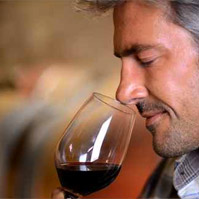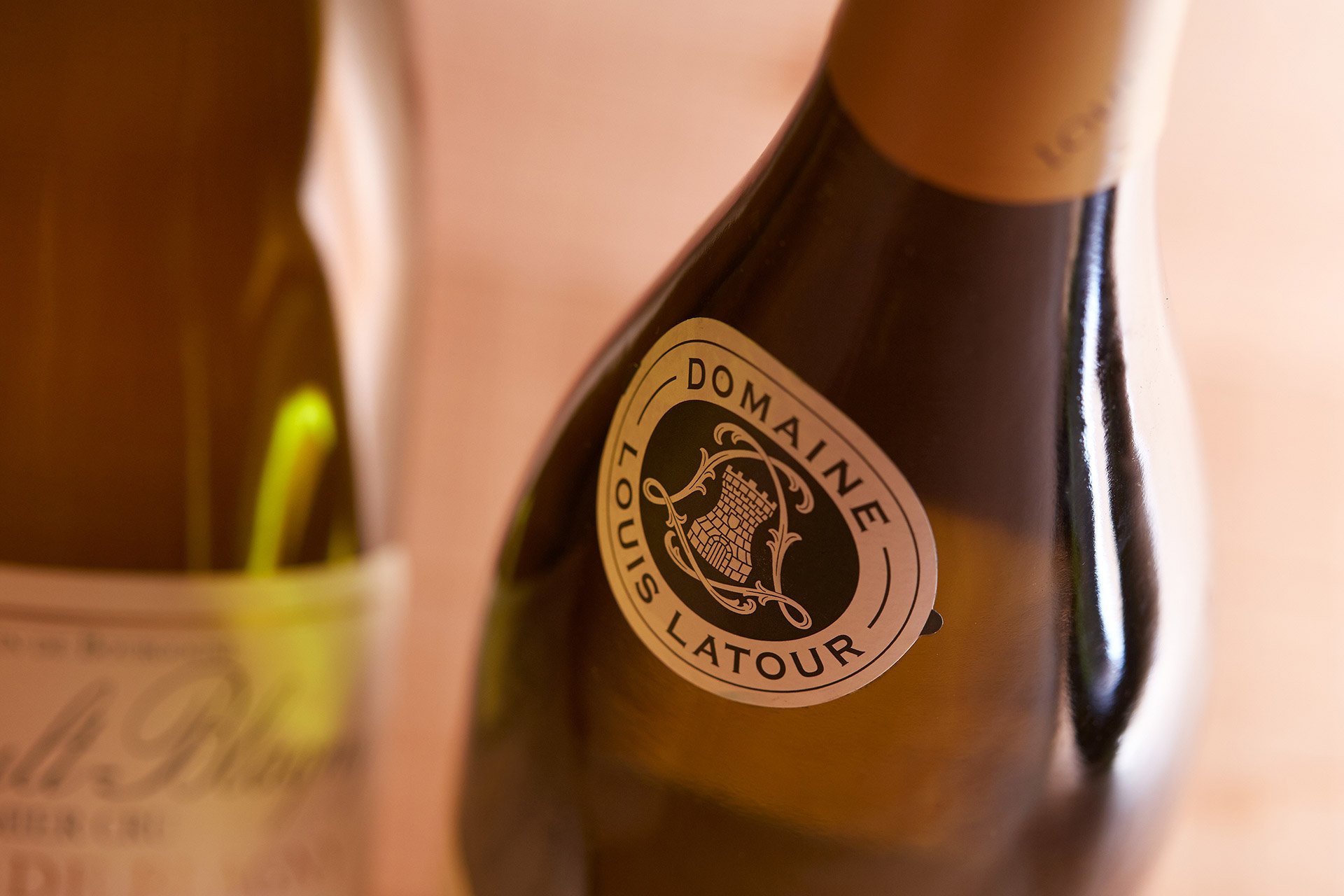Tasting
Serving temperature is a crucial element when tasting
wine. A wine that is a degree too warm or too cold can seriously impair the
tasting experience, particularly when tasting high quality wines. There are a
few basic rules that should be observed if this exercise is to be a success:
aperitif wines should be served slightly cooler, and the use of an ice bucket
is perfectly acceptable even for red wines, although not to excess. The serving
temperature should never exceed 18°C, as a wine will never reveal its true
qualities when it is too warm.
It is worth remembering that a wine will slowly gain temperature during the tasting itself, and therefore the bottle should be cooled to around two degrees below the desired temperature. Care must be taken not to serve the wines too chilled, which will harden the palate, and equally not to serve them too warm, which will cause the alcohol characters to dominate.
A good rule of thumb would be to serve our white wines between 12°C and 13°C and our red wines between 15°C and 16°C. The age of the wine and the tasting environment also need to be considered. Our older vintages may be served a degree warmer, whilst a young white wine will express itself better if it is too cool rather than a touch too warm.
Opening a bottle can prove to be a more difficult exercise than it might appear. Of course, the bottle must have reached the correct temperature and, on the Maison Latour bottles with their unique shape, the capsule must be cut just under the neck ring.
Older vintages need to be handled with particular care to avoid damage to the cork. Prefer a classic sommelier's knife, which is precise and efficient. Be careful not to pierce the cork or it could be weakened at the time of extraction. Slowly draw out the cork without twisting. Decanting our wines is not recommended. However, the use of a carafe can be beneficial to some young wines as, even if the majority of wines can be served directly from the bottle, certain wines will be improved by being passed in a carafe. It is imperative to distinguish between the use of a carafe, which consists of pouring a wine rapidly into the carafe in order to oxygenise it and help it to deliver up its aromas more quickly, and decanting, which is a process designed to filter off any possible deposits. Although the use of a carafe is indispensable for certain wines, it can prove to be fatal to others. It is generally recommended for young red wines, which will allow a Cru to reveal its aromas more quickly, although it will not reach the level of gustative complexity conferred on a wine by a long cellar maturing. A wine in carafe will become softer and rounder.
White wines can also benefit from the use of a carafe to accentuate the power and richness of their aromas. However, if left too long in the carafe, these wines risk losing their vivacity and character. Care also needs to be exercised when serving very old vintages, whose lifespan may possibly be counted in minutes after opening. Oxygenation can be violent when being poured into a carafe and this can prove fatal to these wines.
Evidently, the carafe must be perfectly clean, preferably rinsed in fresh, filtered water to avoid lime scale deposits, and free of damp odours and dust.


